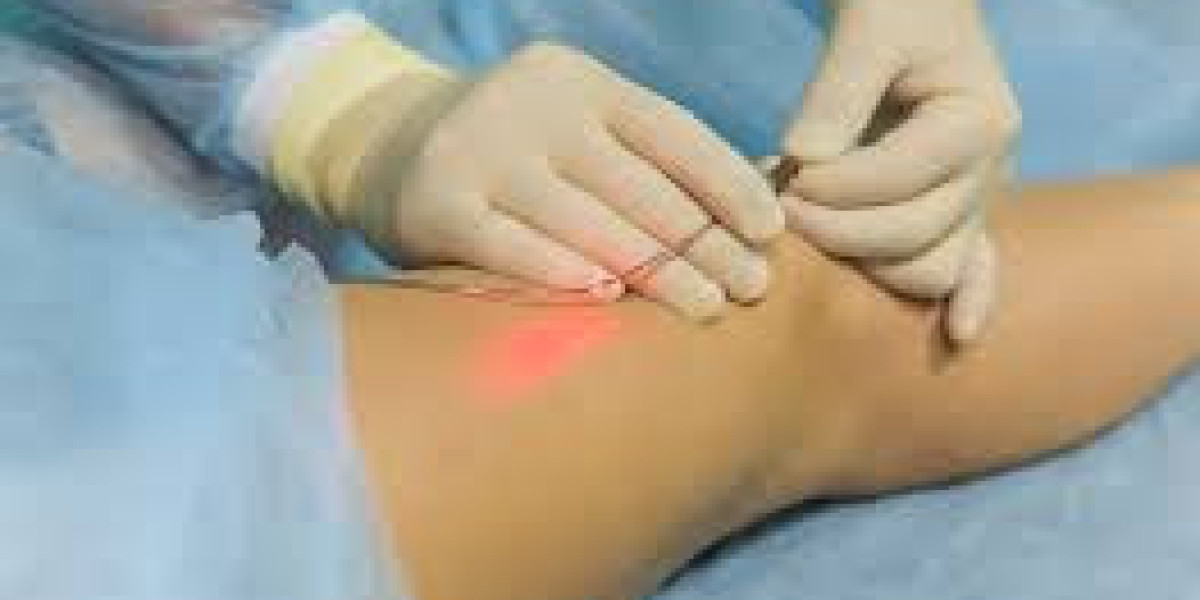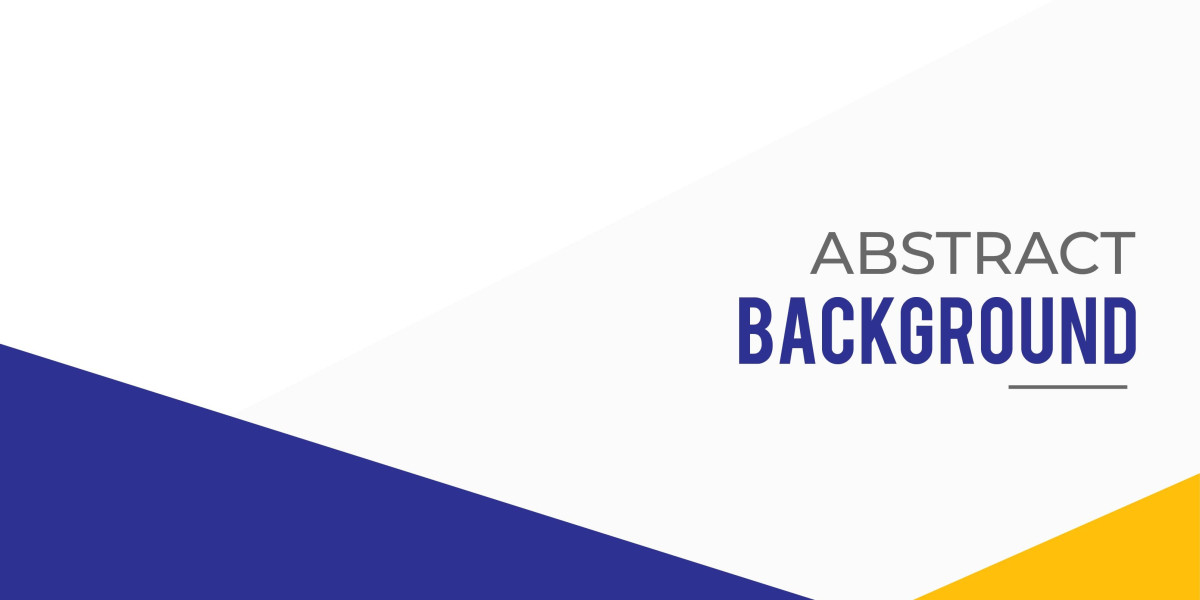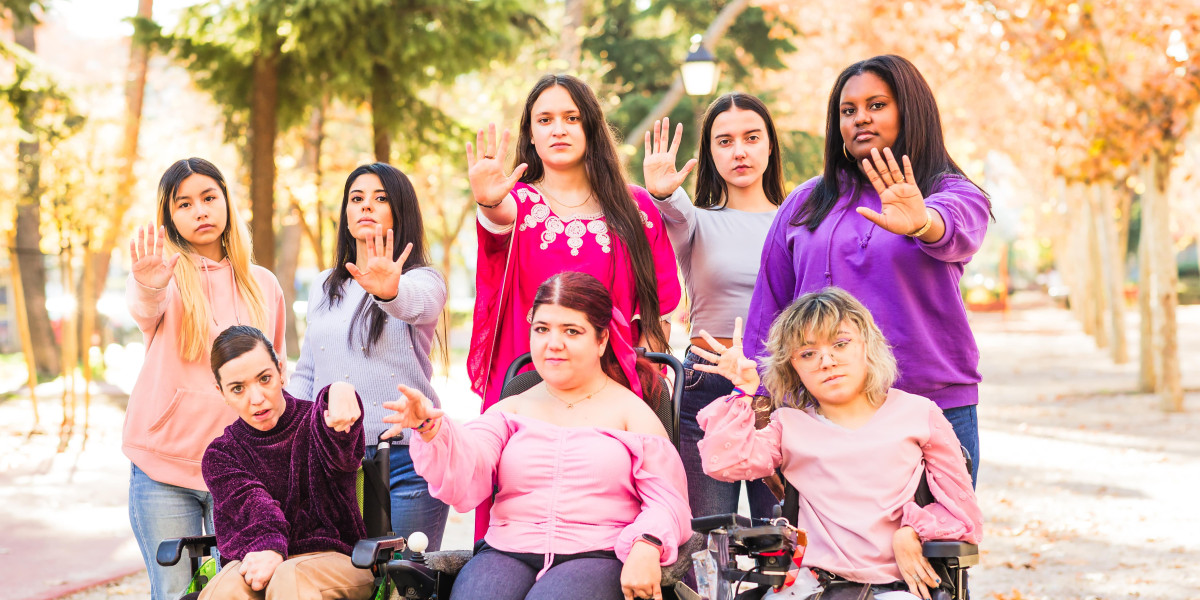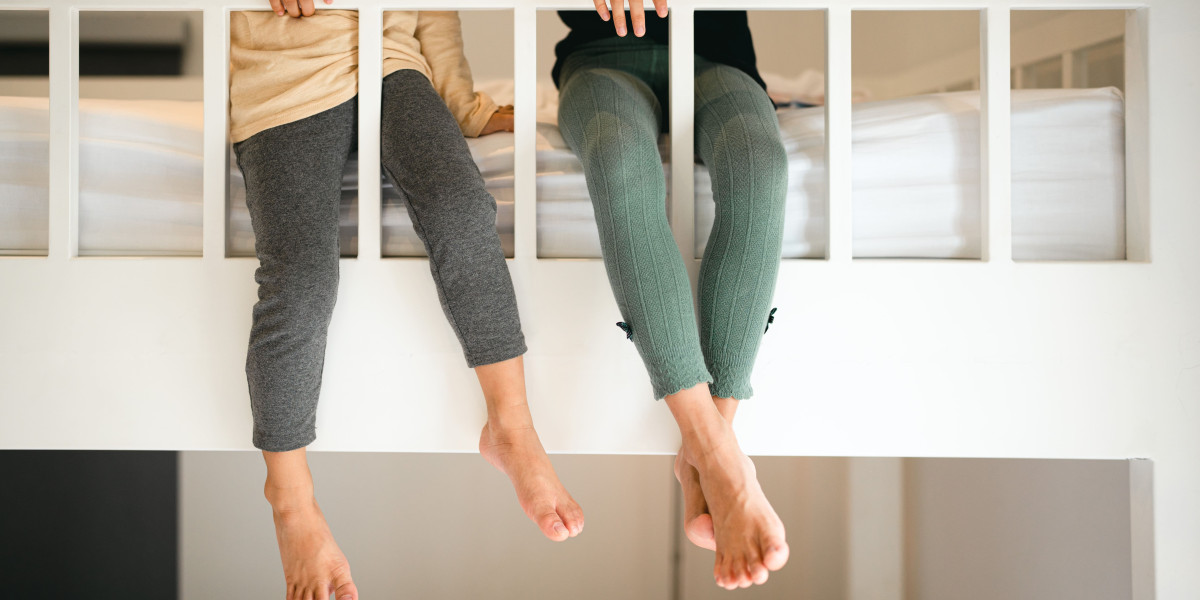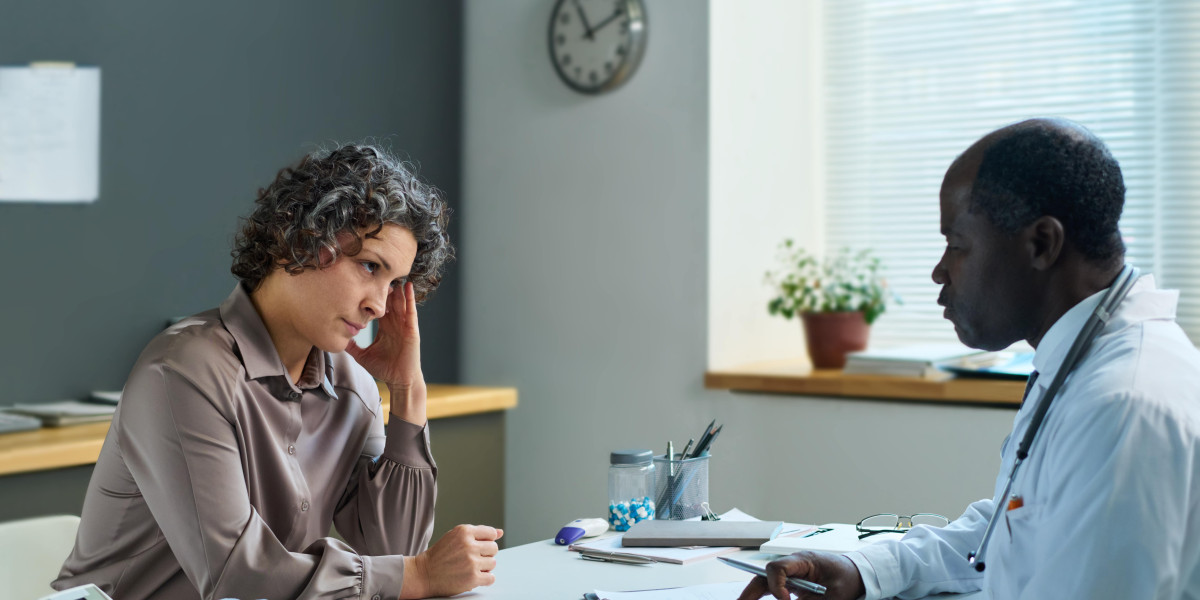Introduction: Understanding Varicose Veins
Varicose veins are swollen, twisted blood vessels that can appear blue or dark purple, often found in the legs and feet. These veins are not only a cosmetic concern but can also cause discomfort, pain, and more severe health issues. Many individuals seek ways to manage or eliminate these veins, and one popular treatment option is laser treatment for varicose veins. This advanced, non-invasive procedure has revolutionized the way varicose veins are treated, offering a faster recovery time and fewer risks than traditional surgery.
In this article, we’ll dive into how laser treatment works, its benefits, what you can expect during the procedure, and recovery information.
What Are Varicose Veins?
Before we explore laser treatment, it’s important to understand varicose veins themselves. Varicose veins occur when the valves inside veins become weakened or damaged, causing blood to pool instead of flowing efficiently back to the heart. This leads to the veins becoming enlarged, twisted, and visibly noticeable under the skin. While some individuals may not experience significant pain, others may suffer from symptoms like swelling, aching, throbbing, or a feeling of heaviness in the legs.
Common risk factors include:
Genetics (family history of varicose veins)
Age (increasing age weakens vein valves)
Hormonal changes (pregnancy, menopause)
Prolonged sitting or standing
Obesity
While varicose veins are not typically life-threatening, they can significantly affect a person’s quality of life and may lead to more serious complications like blood clots or ulcers if left untreated.
Laser Treatment for Varicose Veins: What Is It?
Laser treatment for varicose veins uses focused light energy to treat the affected veins, providing a non-invasive alternative to more traditional methods like sclerotherapy or vein stripping. This approach is often referred to as endovenous laser therapy (EVLT), and it involves inserting a thin laser fiber into the vein. Once the laser is activated, it emits heat that causes the vein walls to collapse and seal shut. Over time, the body naturally absorbs the treated vein, and blood flow is redirected to healthier veins.
The procedure is performed under local anesthesia, ensuring that the patient remains comfortable during treatment. Unlike traditional surgery, there are no incisions, stitches, or general anesthesia involved, making it a preferred option for many individuals.
Benefits of Laser Treatment for Varicose Veins
The growing popularity of laser therapy for varicose veins can be attributed to its numerous advantages. Some key benefits include:
1. Minimally Invasive Procedure
Laser treatment for varicose veins is non-surgical and requires only small punctures through which the laser fiber is inserted. There is no need for large incisions or stitches, which significantly reduces the risk of infection and scarring.
2. Quick Recovery Time
Since laser treatment is less invasive, the recovery time is much faster than traditional surgery. Most patients are able to resume their normal activities within a few days. Some mild bruising or swelling may occur, but these side effects are typically temporary and resolve quickly.
3. High Success Rate
Laser treatment has a high success rate, with studies showing that a vast majority of patients experience significant improvement or complete resolution of their varicose veins after the procedure.
4. No Need for General Anesthesia
Unlike traditional surgeries that may require general anesthesia, laser treatment is performed under local anesthesia. This means you’ll remain awake and alert throughout the procedure, with a minimal amount of discomfort.
5. Long-Term Results
Laser therapy offers long-lasting results for many patients. As the treated veins are gradually absorbed by the body, blood flow is rerouted through healthier veins, reducing the likelihood of future varicose veins in the same area.
6. Minimal Discomfort
Many patients report feeling very little discomfort during or after the procedure. The laser fiber delivers heat directly to the vein walls, which seals them without causing excessive pain.
The Laser Treatment Procedure
The laser treatment procedure typically follows these steps:
Consultation and Evaluation
The first step is to consult with a specialist who will evaluate your varicose veins, consider your overall health, and discuss your goals for treatment. This may involve an ultrasound to assess the blood flow and identify the most suitable veins for treatment.Preparation
On the day of the procedure, you’ll be asked to lie down comfortably. A local anesthetic will be administered to numb the area where the laser fiber will be inserted. The doctor will mark the vein to guide the placement of the laser.Laser Insertion
A small catheter is inserted into the targeted vein. The laser fiber is then threaded through the catheter and activated. As the laser energy is emitted, the vein walls heat up and collapse.Post-Treatment Care
Once the procedure is completed, you will be asked to wear compression stockings to aid the healing process and help the blood flow correctly. You can typically resume most daily activities, although it’s best to avoid heavy exercise or prolonged standing for the first few days.
What to Expect After the Procedure
While the procedure is quick and requires minimal downtime, there are some things you should expect in the days following the treatment:
1. Mild Bruising and Swelling
Some patients may experience mild bruising or swelling in the treated area. This is normal and usually fades within a week or two.
2. Compression Garments
To ensure proper healing and prevent the formation of new varicose veins, your doctor may recommend wearing compression stockings for several weeks.
3. Follow-Up Appointments
You’ll have a follow-up visit within a few weeks to monitor your recovery. The doctor will check to ensure the veins are healing properly and that the blood is circulating as expected.
Laser Treatment for Varicose Veins: Is It Right for You?
Laser treatment for varicose veins is suitable for most people who are seeking an effective, minimally invasive solution. However, it may not be suitable for everyone. If you have certain health conditions, such as blood clots or severe peripheral artery disease, laser therapy may not be recommended.
It’s crucial to consult with a specialist to determine the best treatment approach for your specific situation. They will assess your veins, health history, and treatment goals to ensure the procedure is appropriate for you.
Conclusion
Laser treatment for varicose veins offers a modern, effective solution for individuals looking to eliminate unsightly veins and relieve the discomfort associated with varicose veins. With its minimally invasive nature, quick recovery time, and high success rate, laser therapy has become the go-to treatment for many seeking long-term relief from varicose veins.
If you’re considering this treatment, it’s essential to consult with a qualified specialist to determine if laser therapy is the best choice for your condition. By choosing this advanced method, you can experience lasting results and a significant improvement in both the appearance of your legs and overall well-being.
